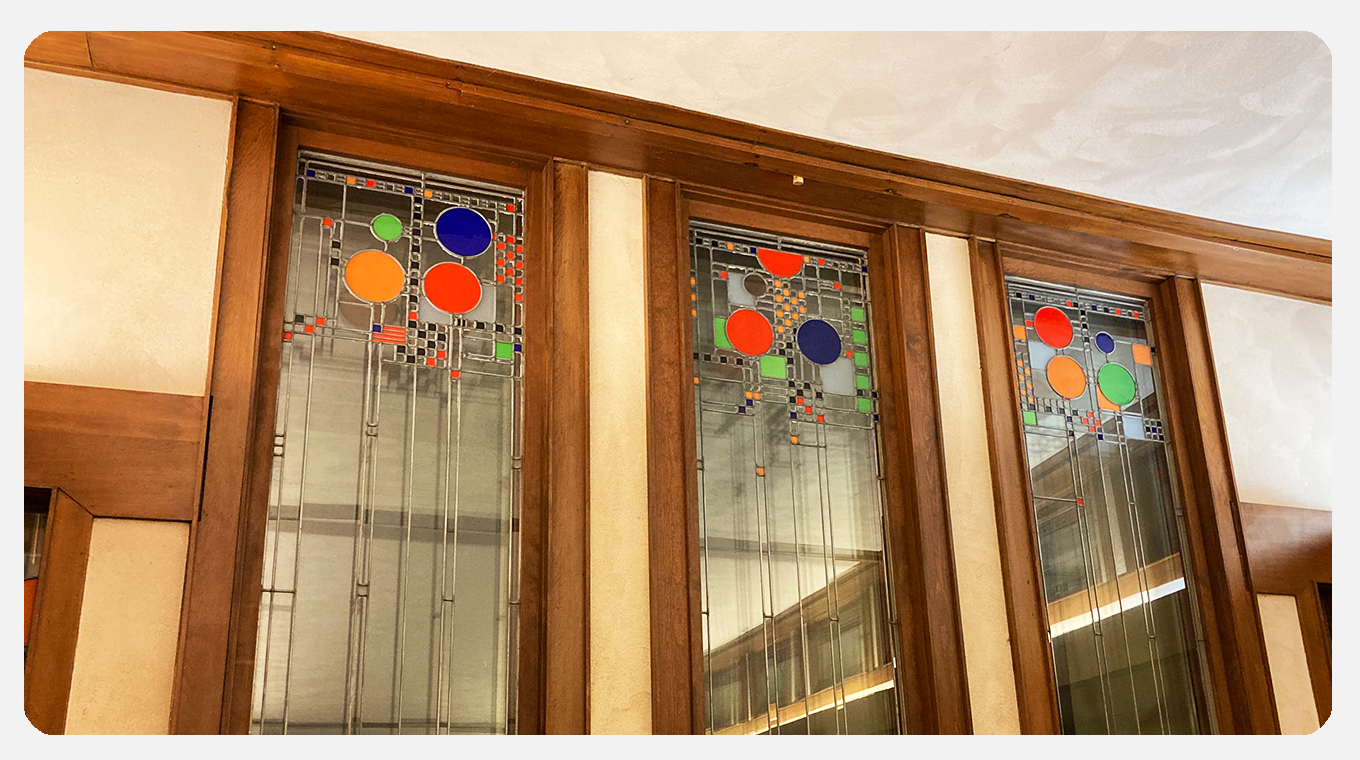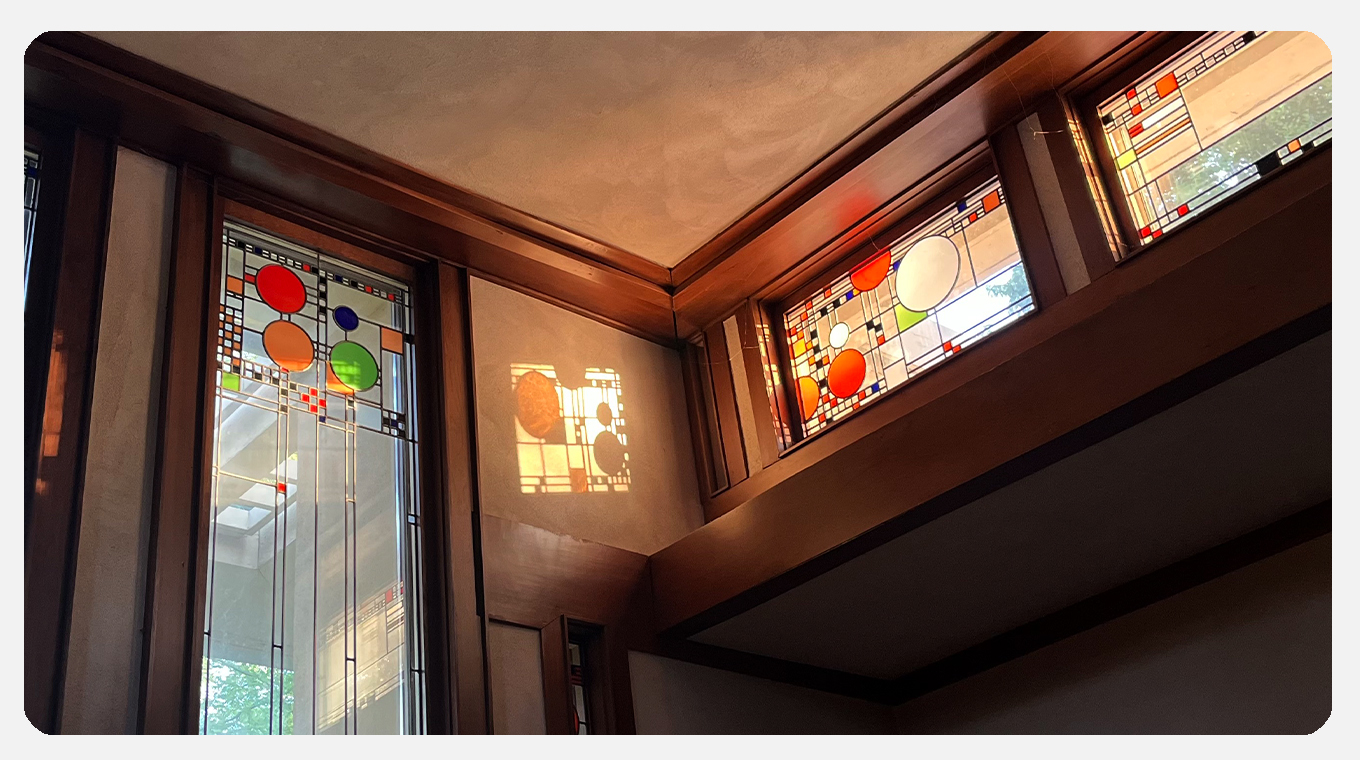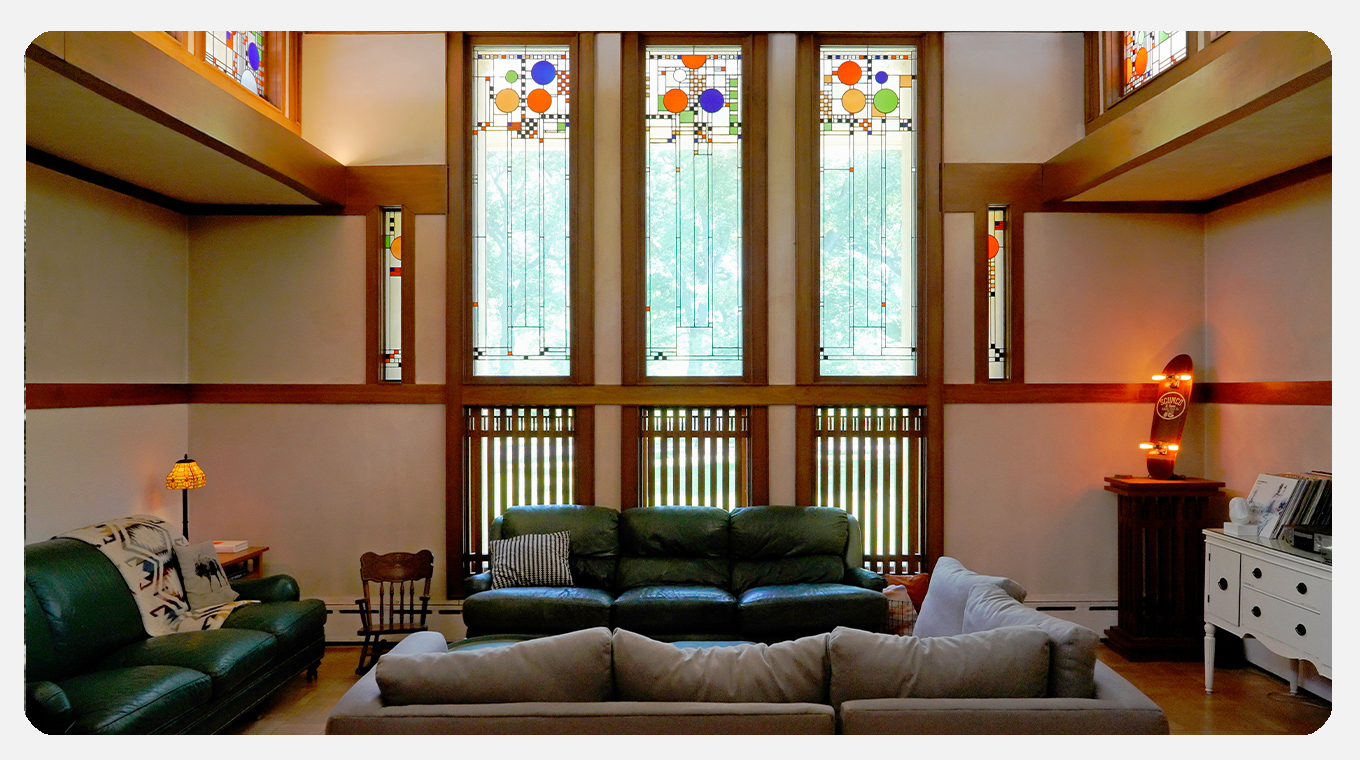The Coonley Playhouse
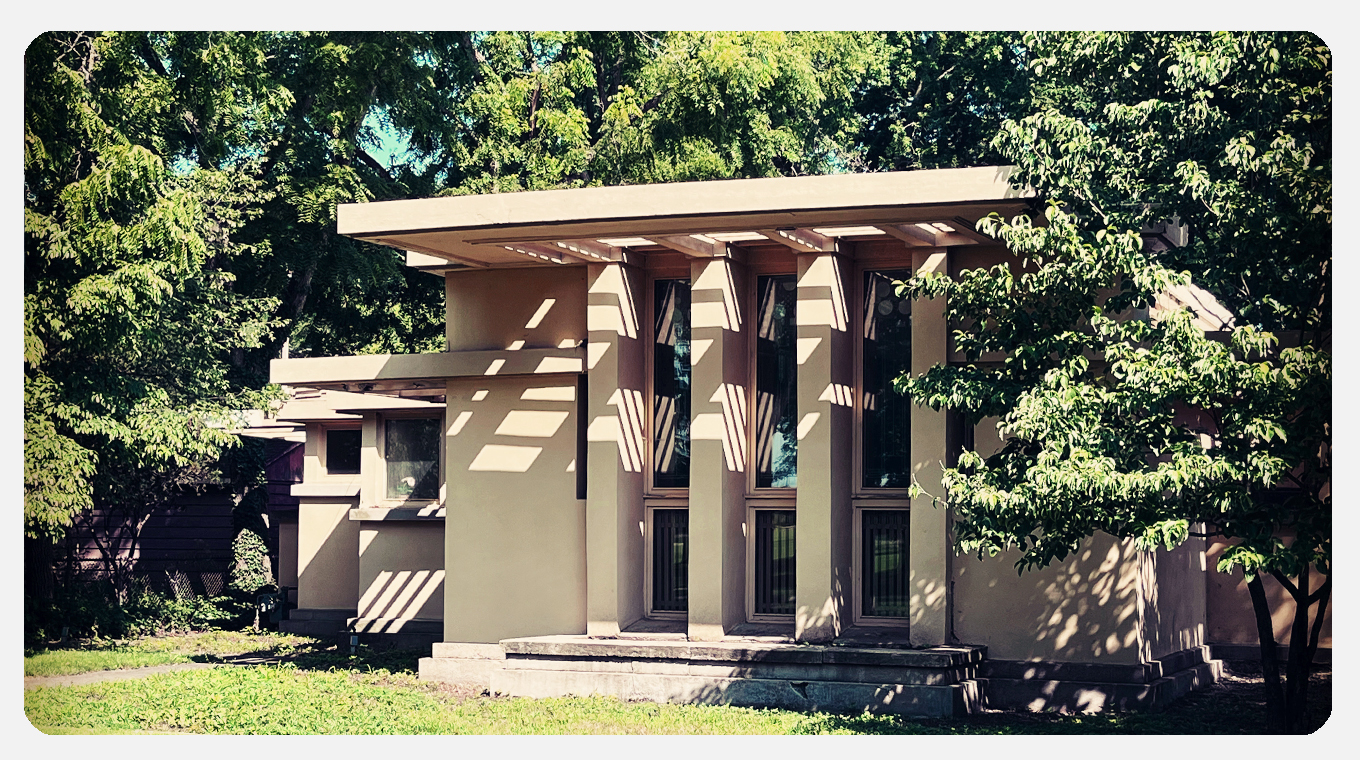
Have you ever wanted to own a piece of history? How about a home designed by one of America’s most famous architects? Kirsten and Jeremy Black recently purchased the Coonley Playhouse—a former school built by Frank LLoyd Wright in 1912—and are now undertaking an extensive restoration process. The Prairie Fire team visited the private home to share the importance of Frank Lloyd Wright’s “prairie-style,” the challenges of bringing a historic home back to life, hidden histories, and what it’s like to raise children in the former schoolhouse.
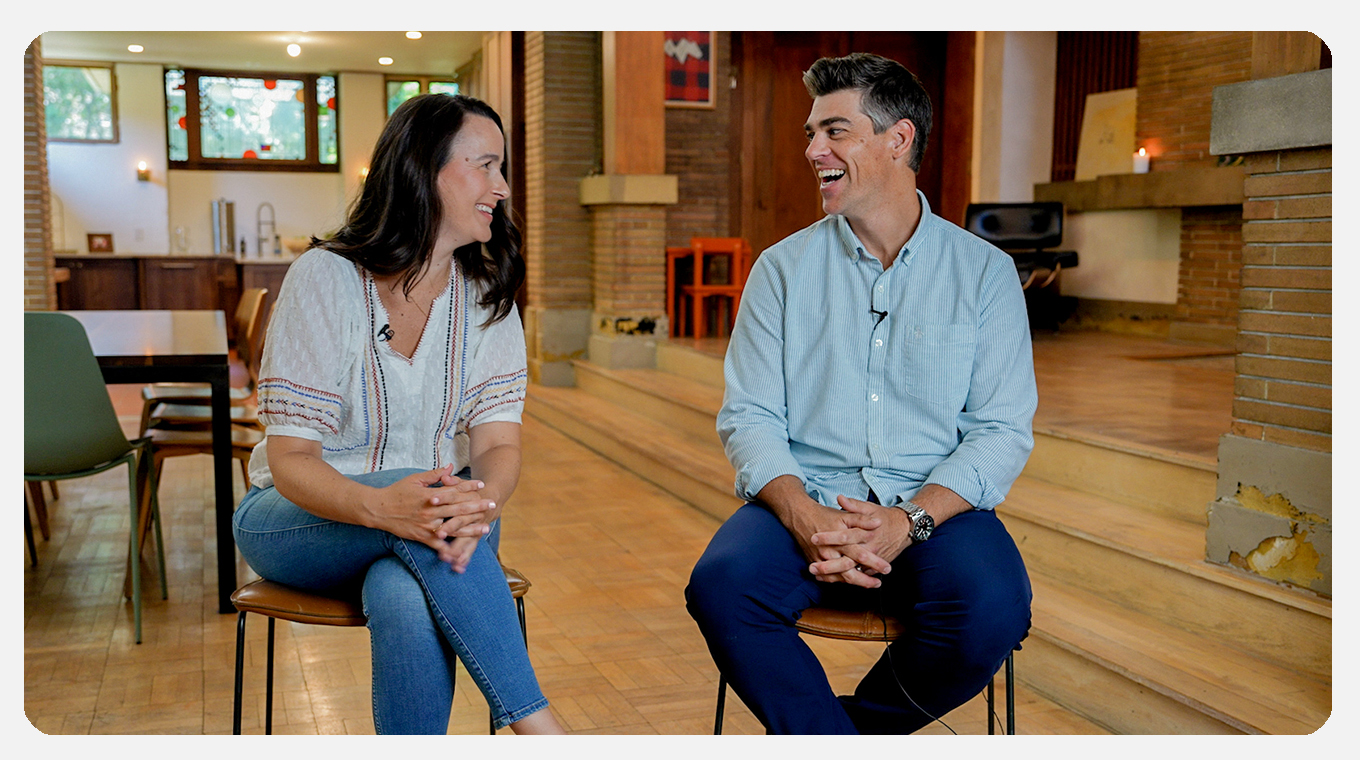
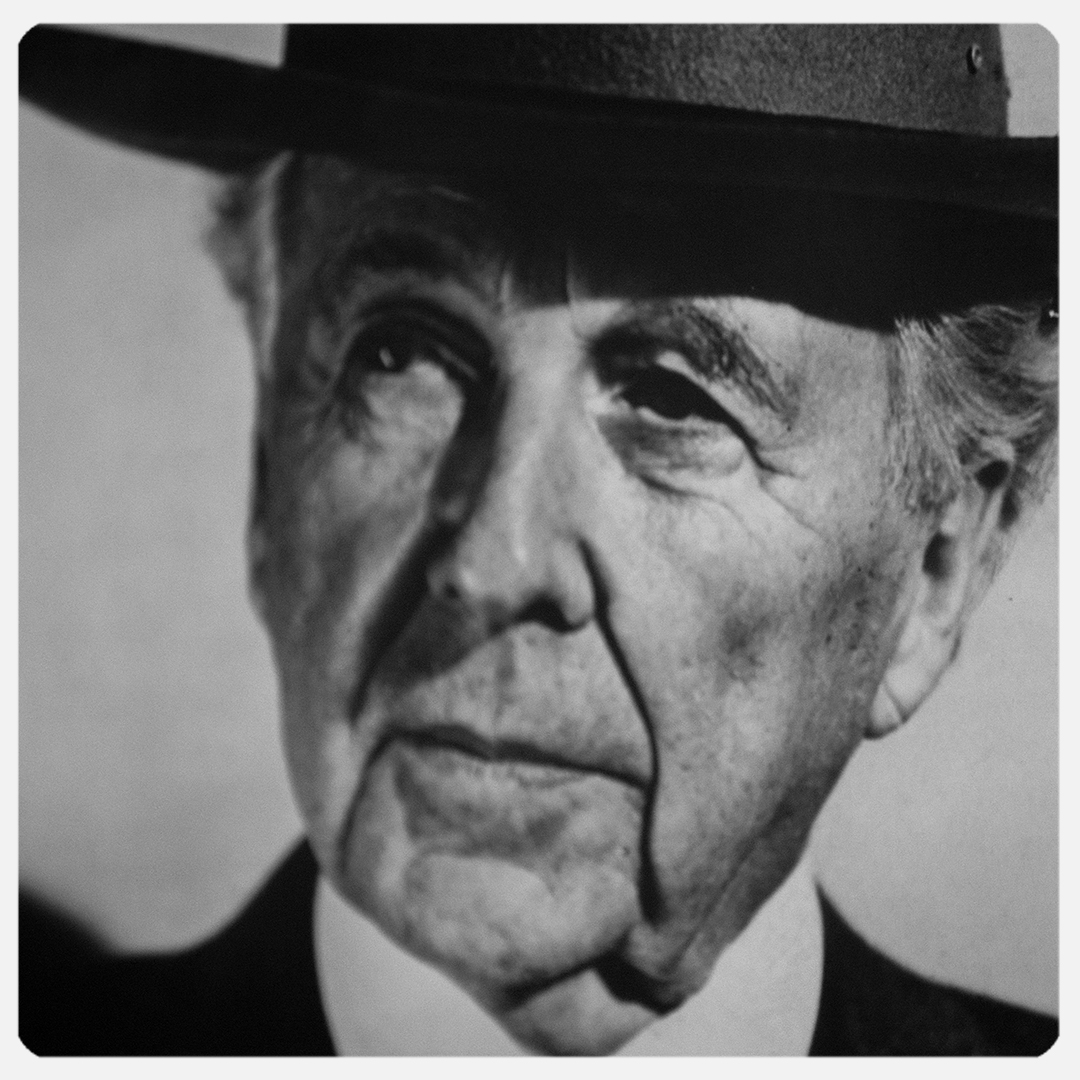
Frank Lloyd Wright is celebrated as one of the most famous and influential architects in history. In the early 20th century, his innovations in design and style were characterized by a profound connection to nature, and his architectural philosophy was based in harmonizing buildings with their surroundings. This became known as “Prairie architecture,” defined by horizontal lines, flat roofs, organic materials, and open spaces. He designed more than 1,000 buildings throughout his career, of which about 500 were constructed.
In the early 1900s, Avery and Queen Ferry Coonley commissioned Frank Lloyd Wright to build an estate. It became one of his largest and most elaborate Prairie School homes ever built, and Wright himself considered it one of his finest works. Made up of zoned living areas and multiple buildings, the original residence was over 9,000 square feet on a ten-acre lot. With an unlimited budget for the estate, the Coonley’s built a home that felt like a little village.
Believing in early education for children, the Coonley’s later asked Wright to build a school for their daughter and neighboring families, known as the Avery Coonley Playhouse. It featured a workshop, stage, and food preparation area. Completed in 1912, students participated in a progressive program which encouraged learning across subjects and engagement in creative projects including meal preparation, regardless of gender.
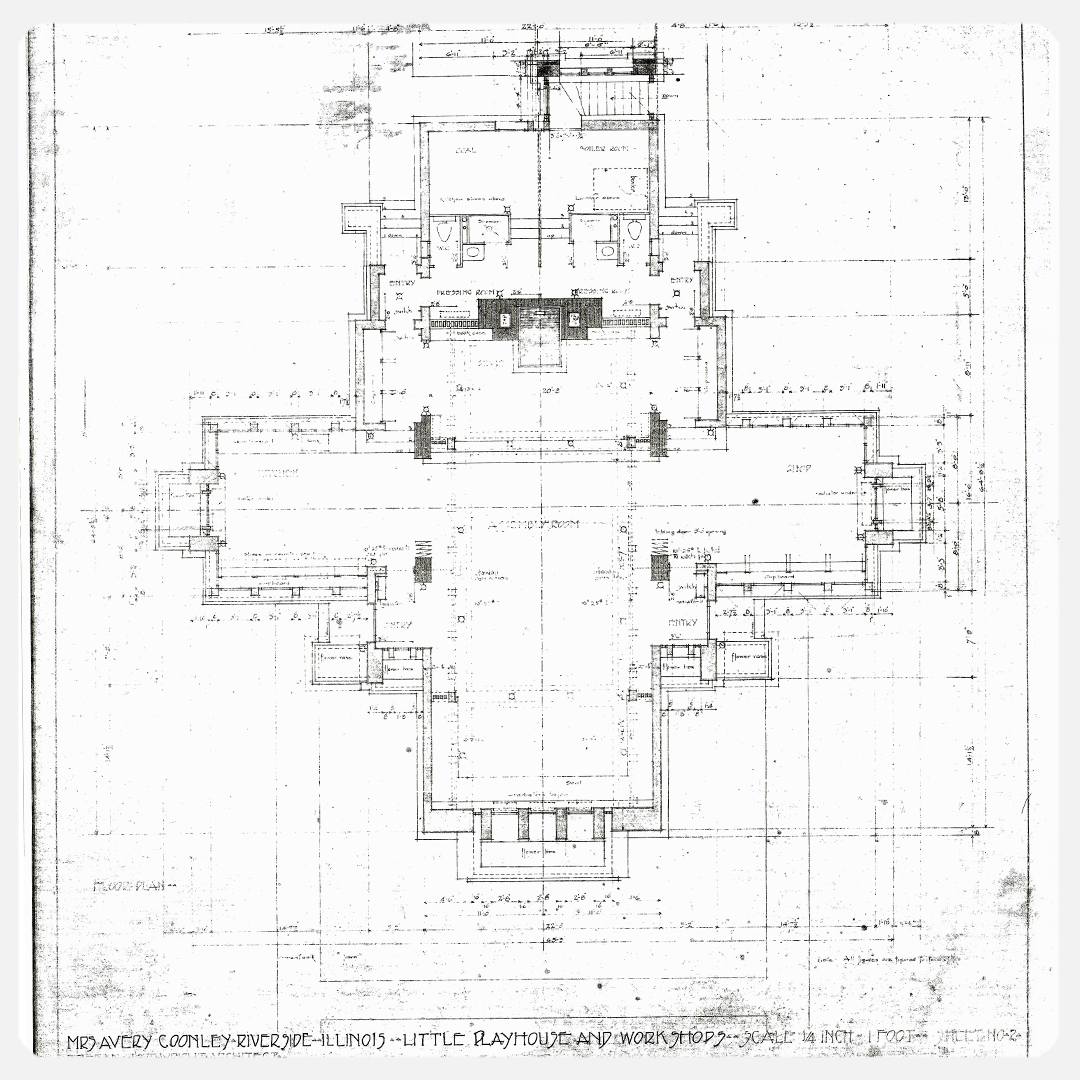
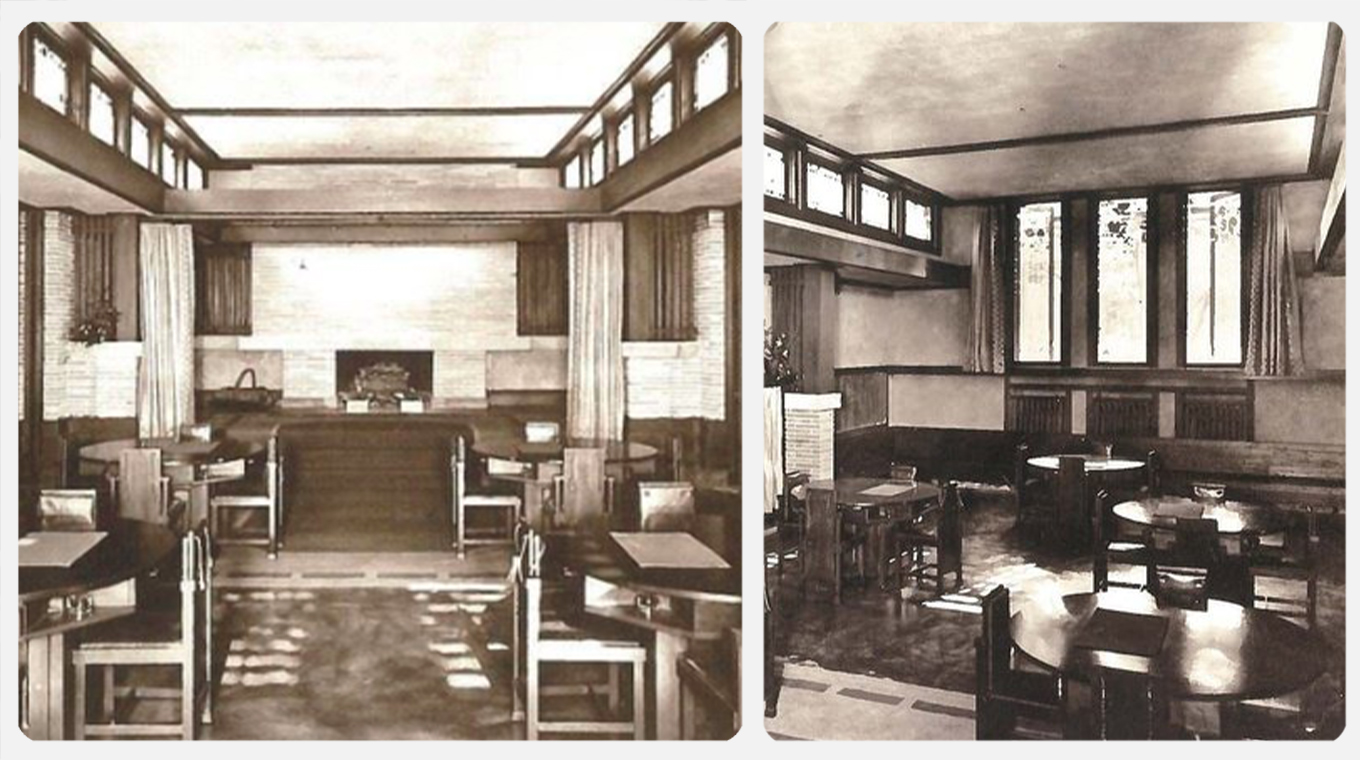
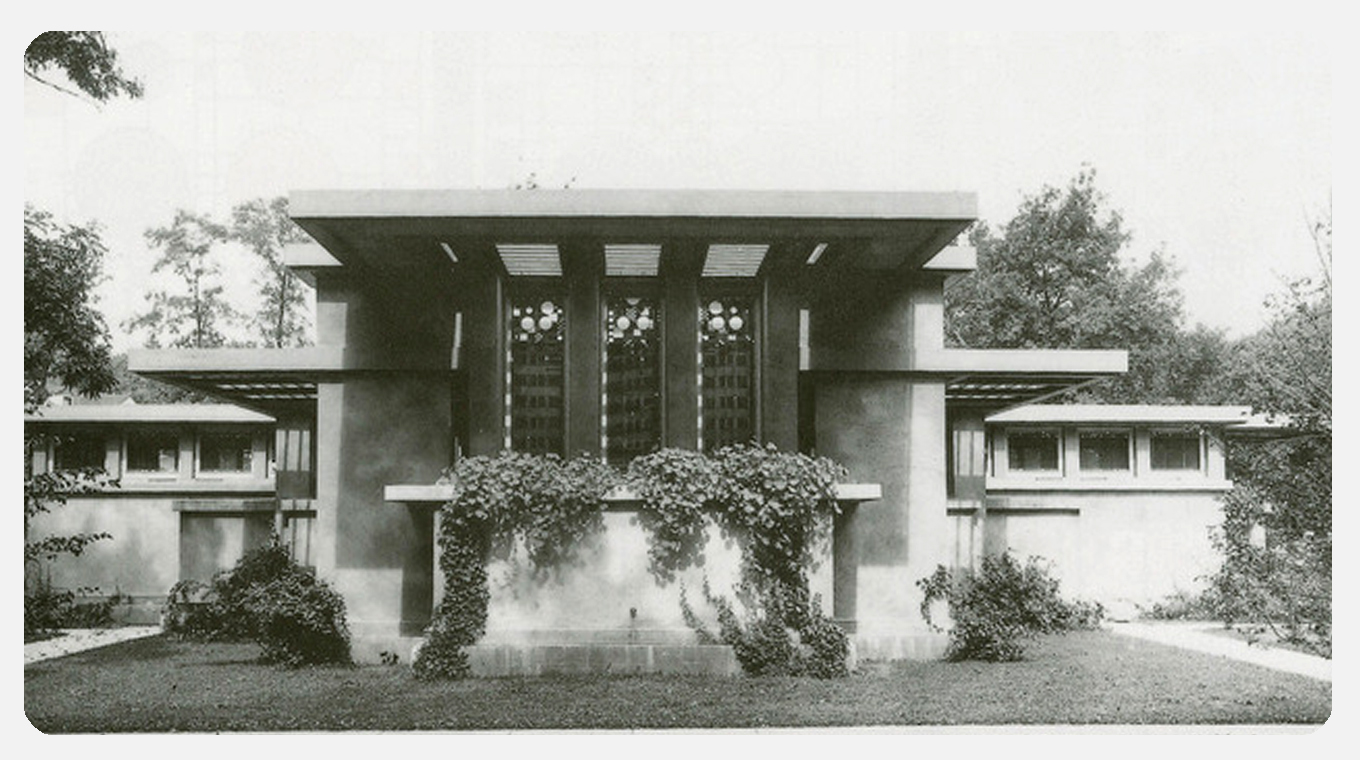
In 1919 after the school relocated, William Drummond, one of Wright’s students, added additions to the home, making it a single-family residence. Kirsten and Jeremy Black purchased the home in 2021 with the intention of renovating the home to bring it back to its former glory and to make more liveable space for their family.
They have completely remodeled the kitchen but kept much of its former charm, including original cabinetry. The Blacks have also been redesigning the living spaces, including bedrooms and bathrooms, to resemble the Frank Lloyd Wright style of the original schoolhouse while maintaining functionality. It’s been a long, tedious process, but Kirsten and Jeremy are excited to own a piece of history and look forward to raising their children in an inviting and creative space.
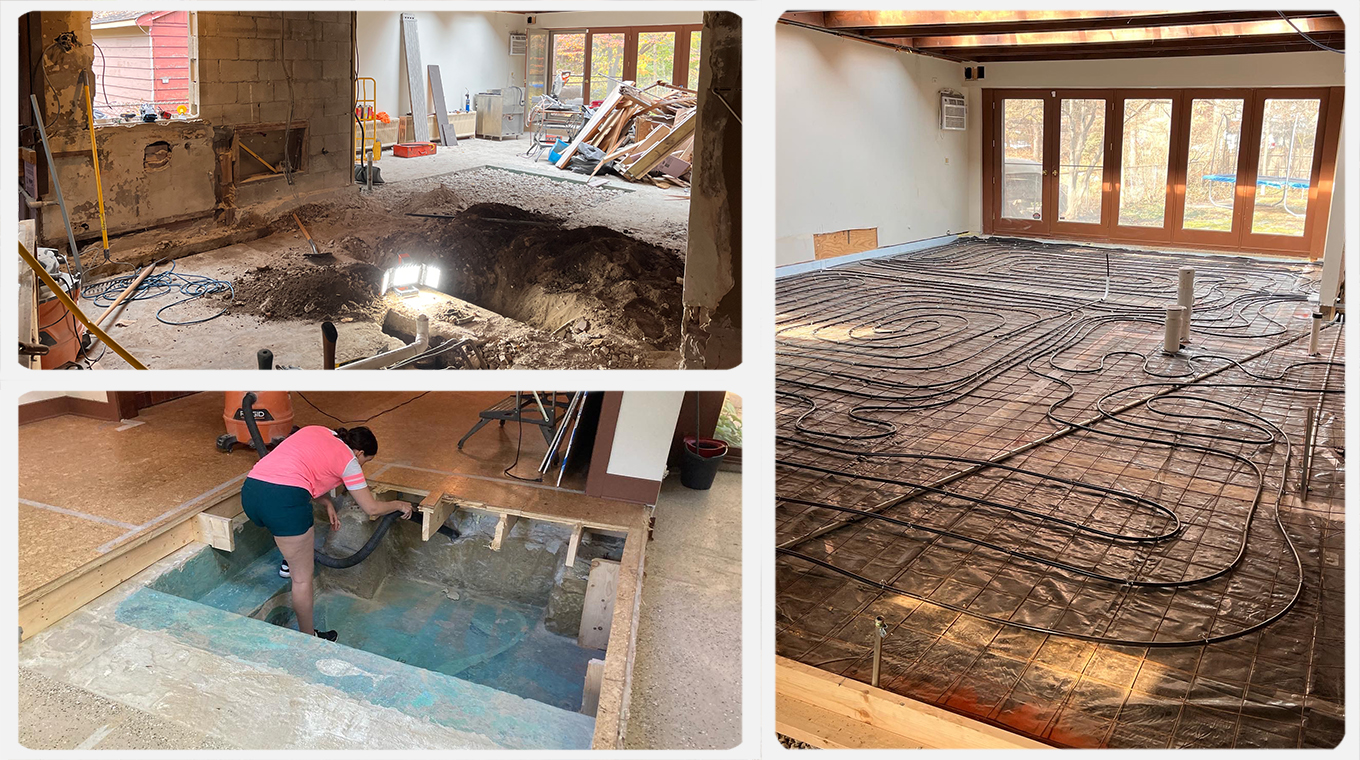
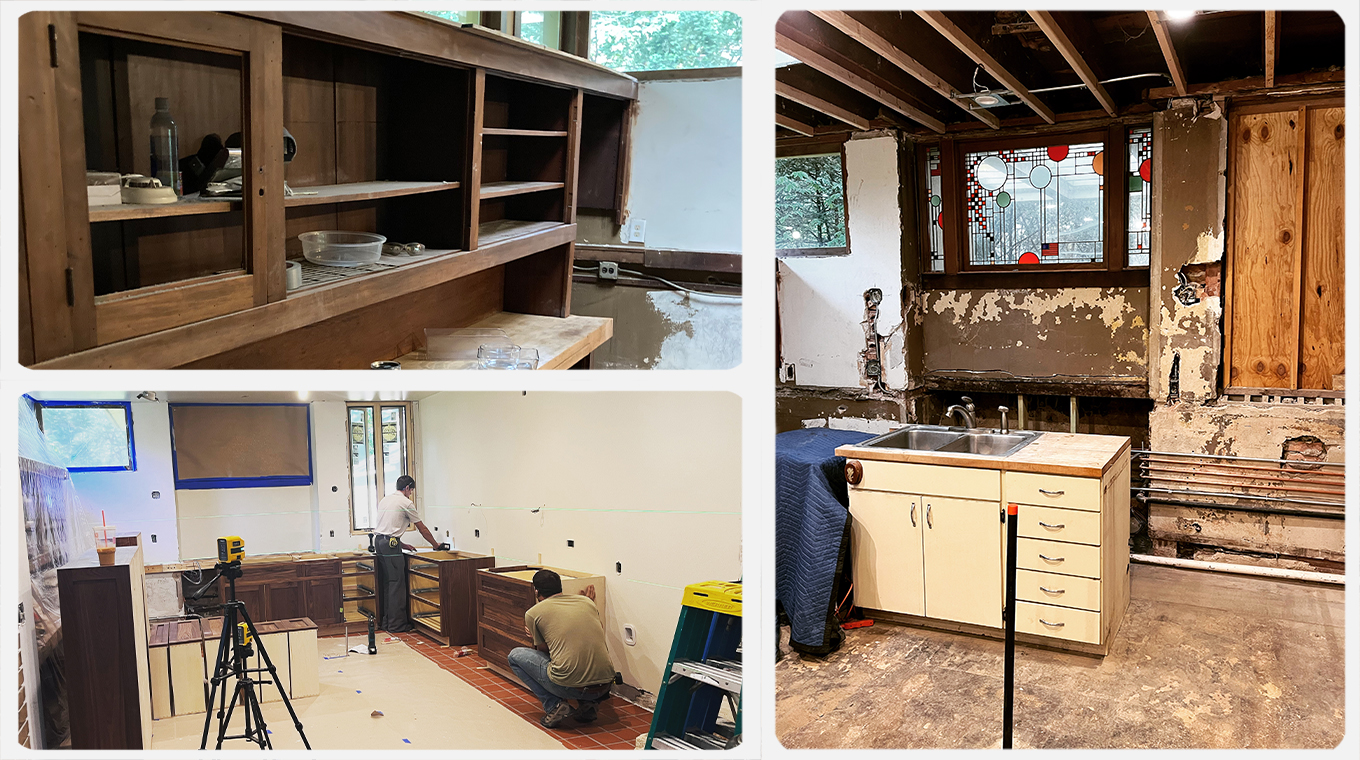
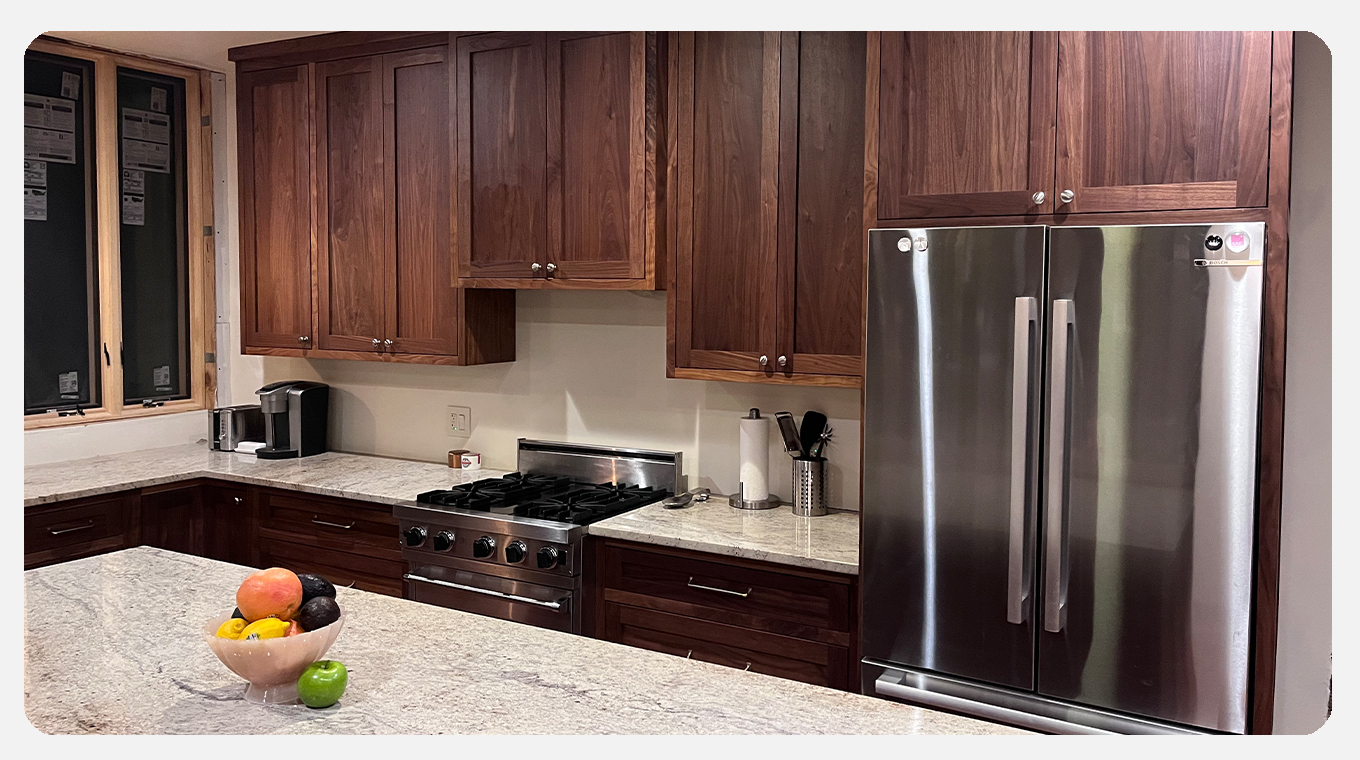
While removing walnut panneling in the kitchen, Jeremy found a letter from a previous owner, Ted Michaels, who left the note to chastise whoever was removing all his hard work.
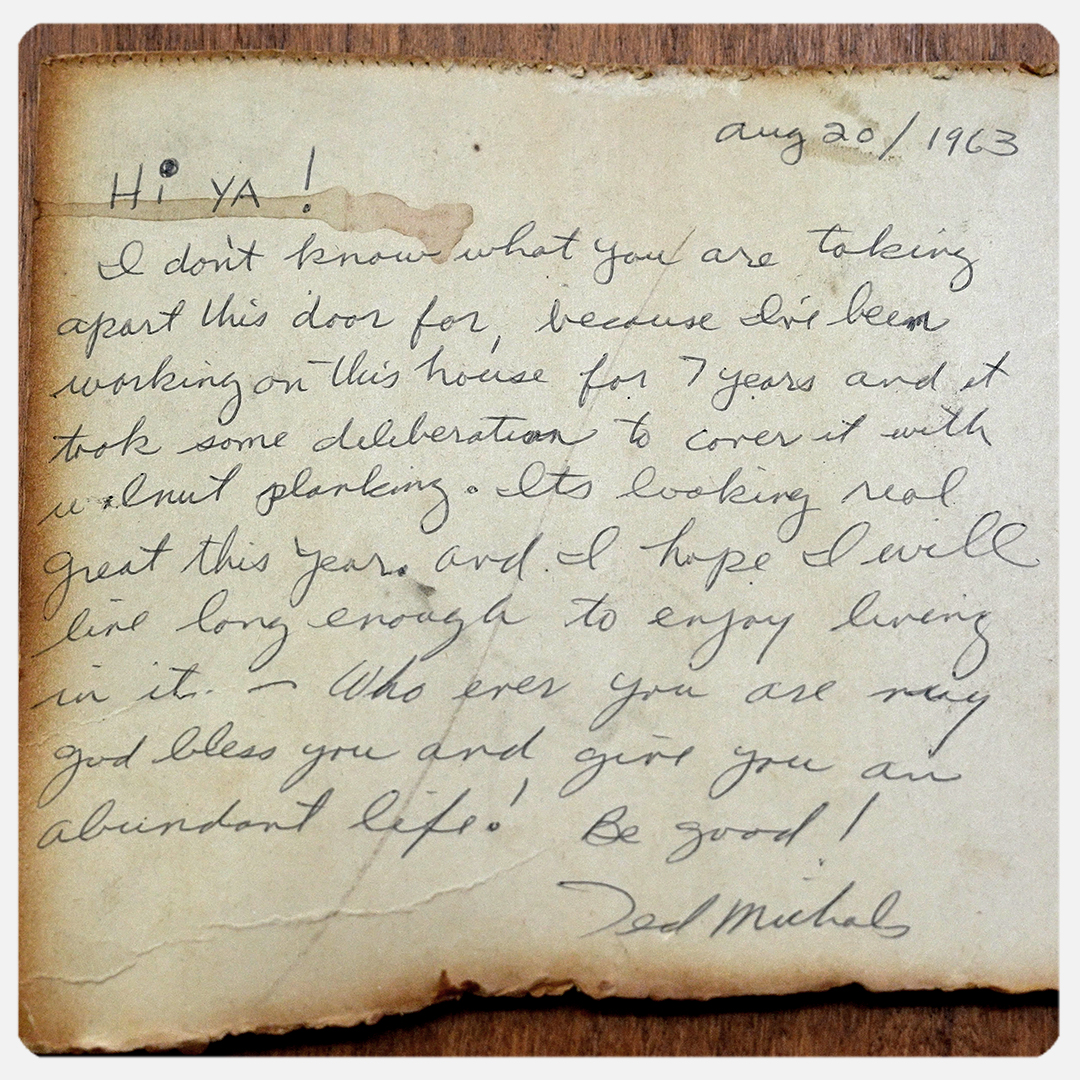
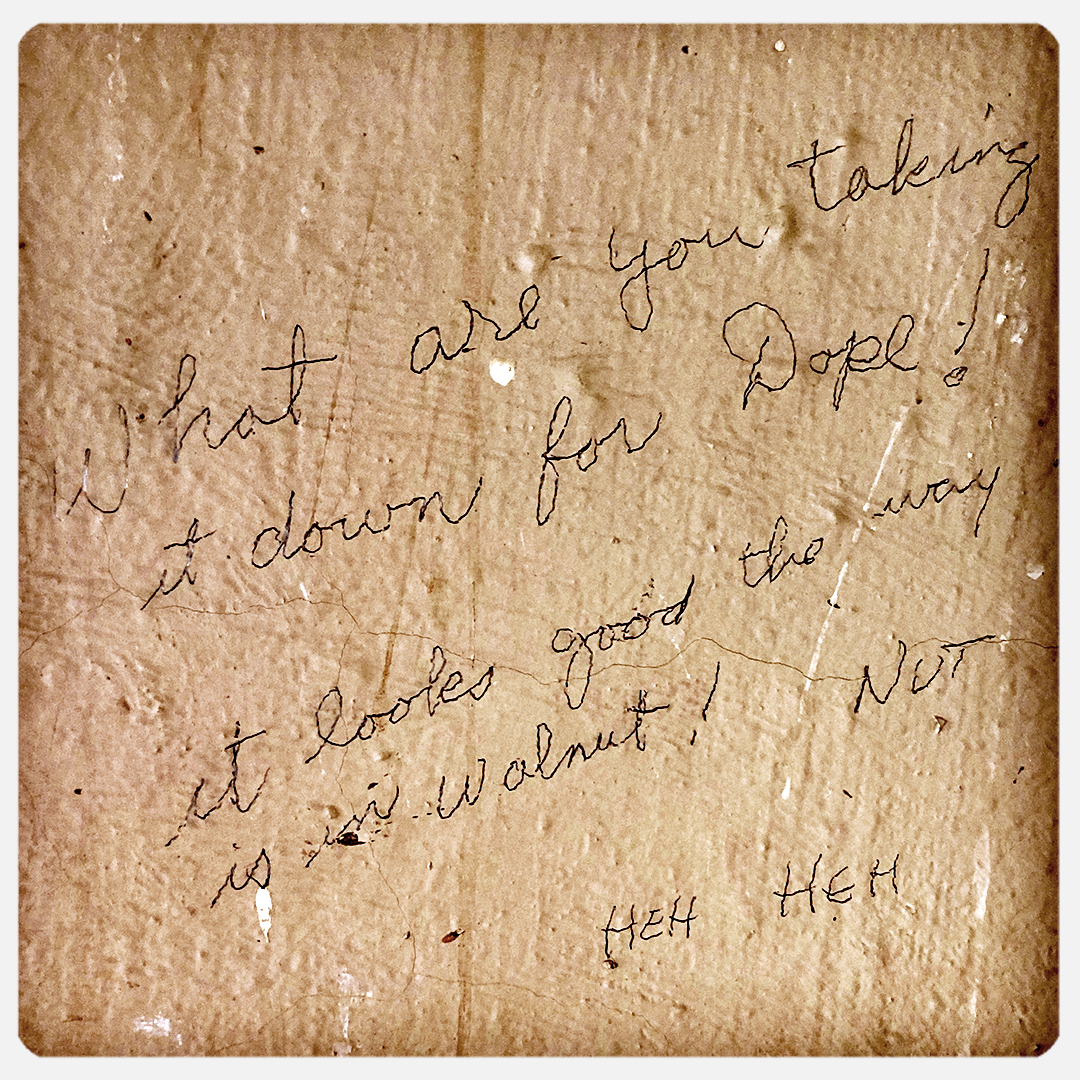
The Coonley Playhouse windows are considered to be the most significant art glass windows ever created by Frank Lloyd Wright. The pattern features shapes that resemble balloons, confetti and American flags, meant to inspire the children who attended school there. After being removed in the 1980s, the windows are now all museum replicas, but many of the originals can be seen in museums such as the Metropolitan Museum of Art in New York and The Art Institute of Chicago.

